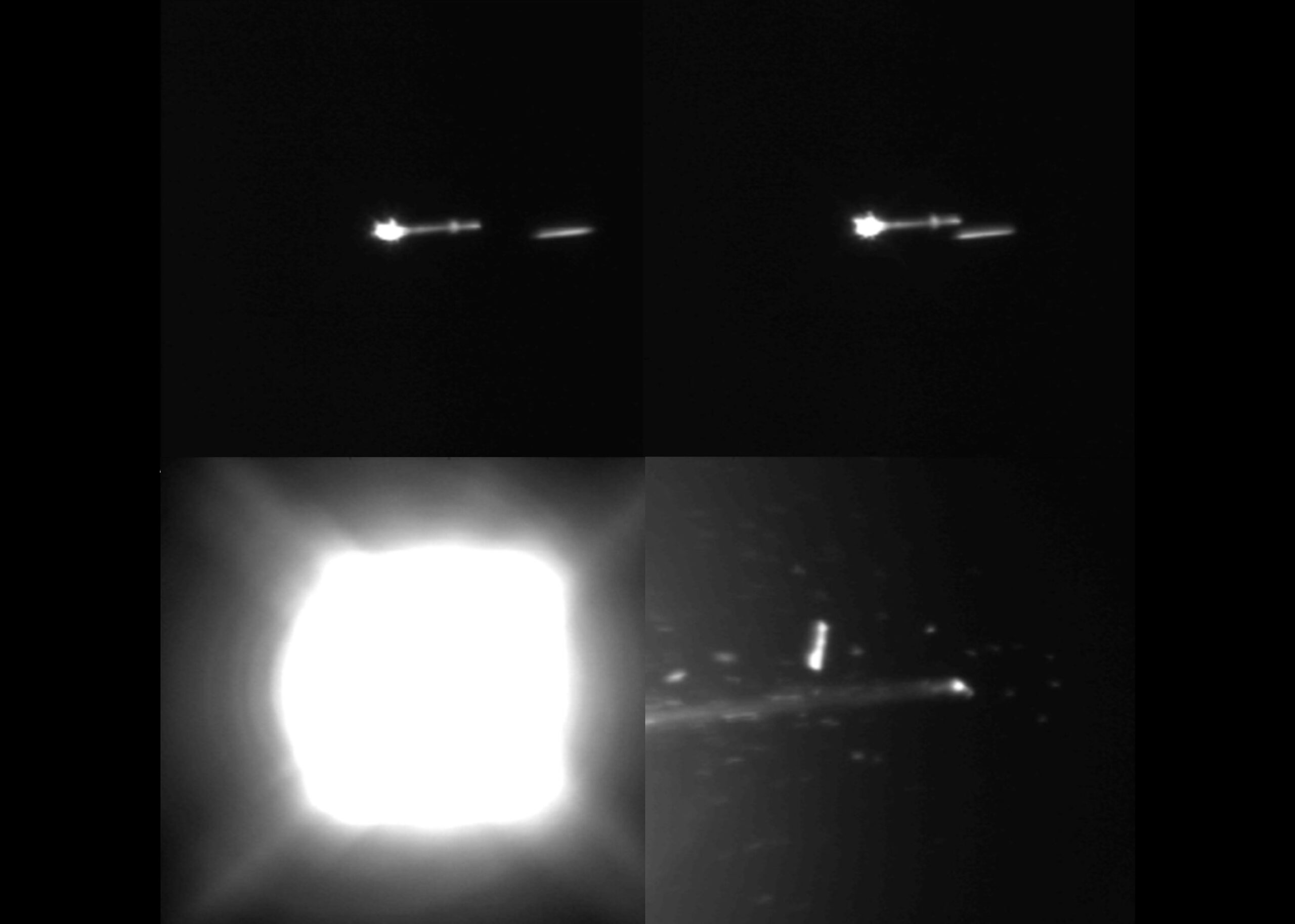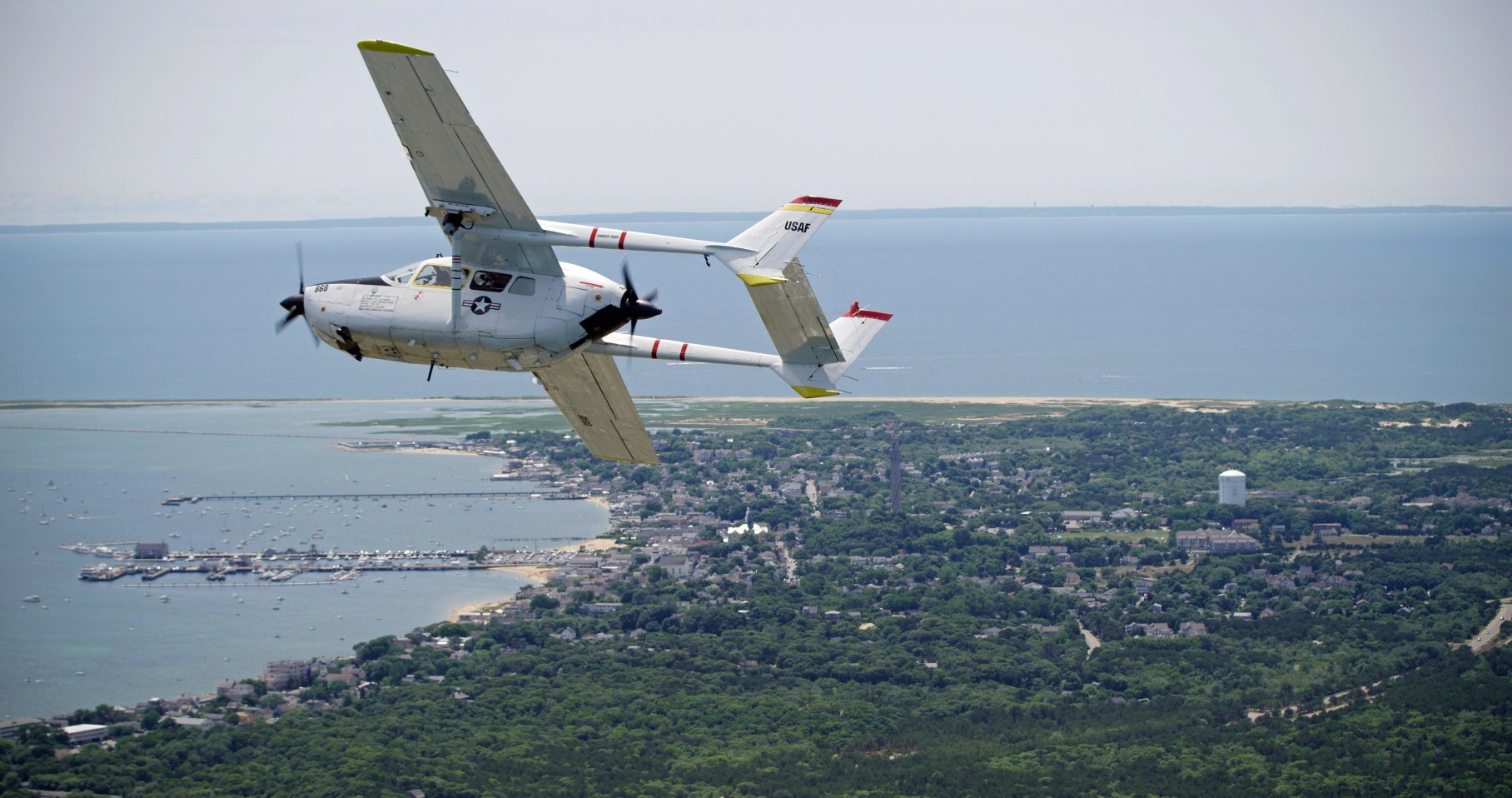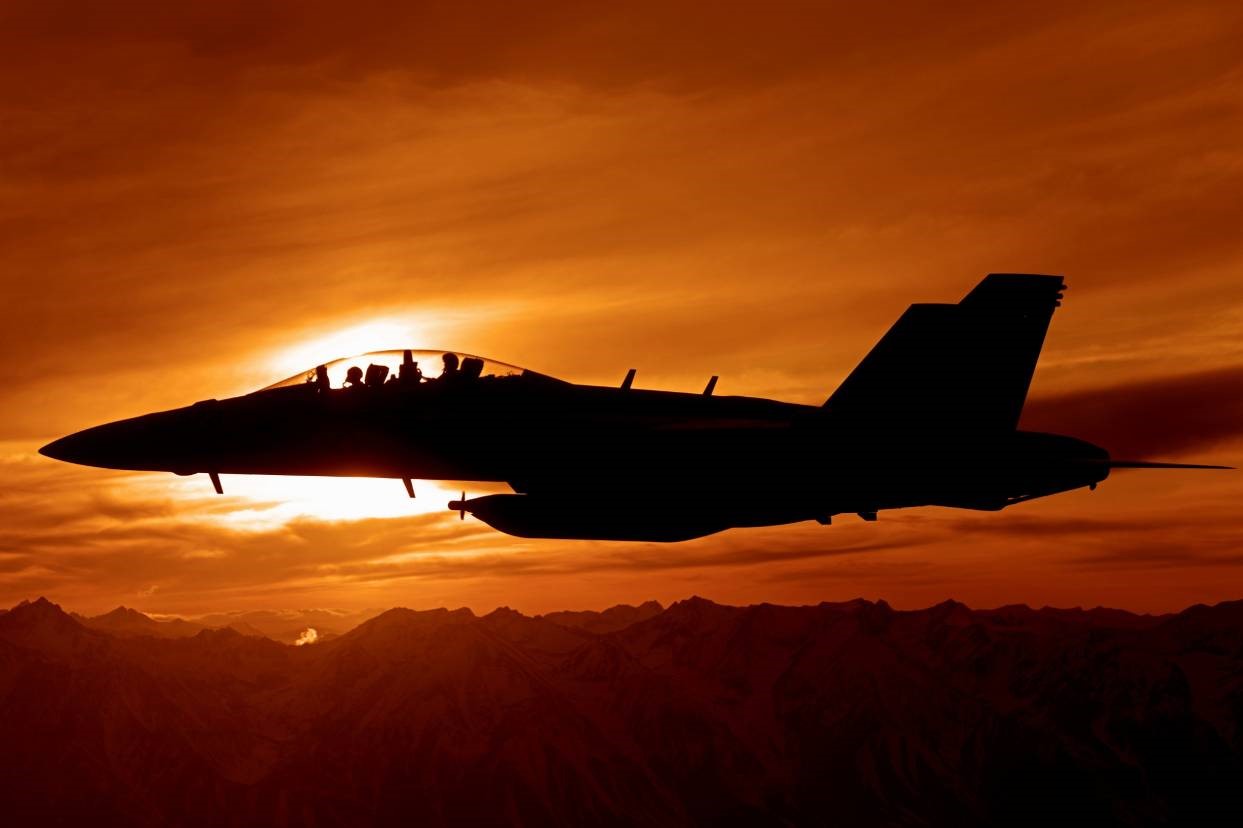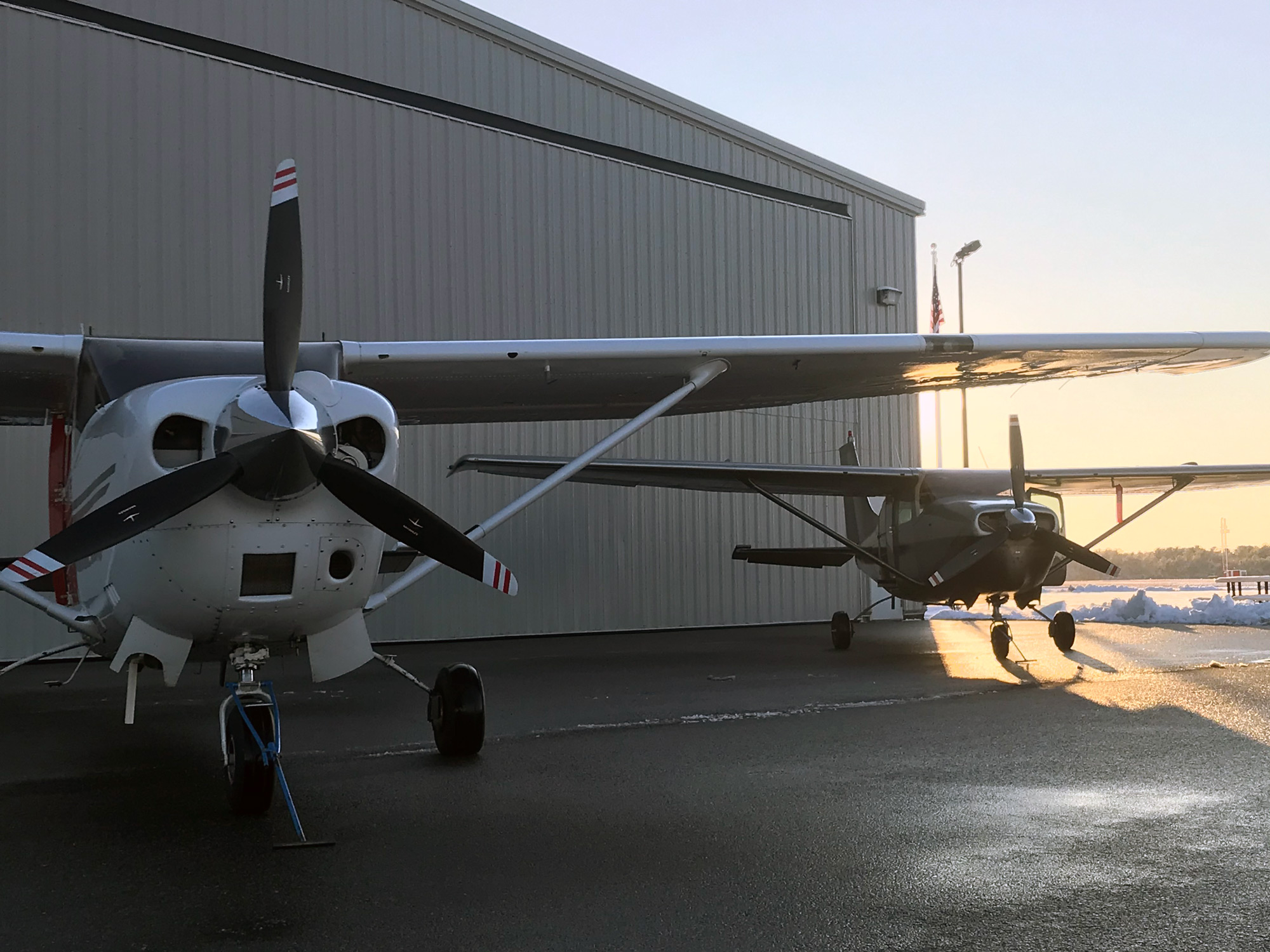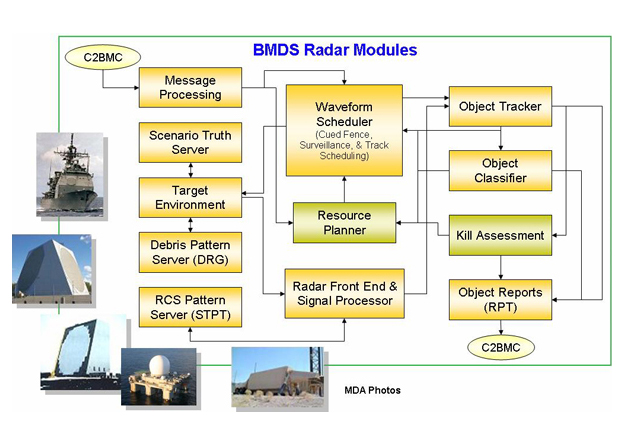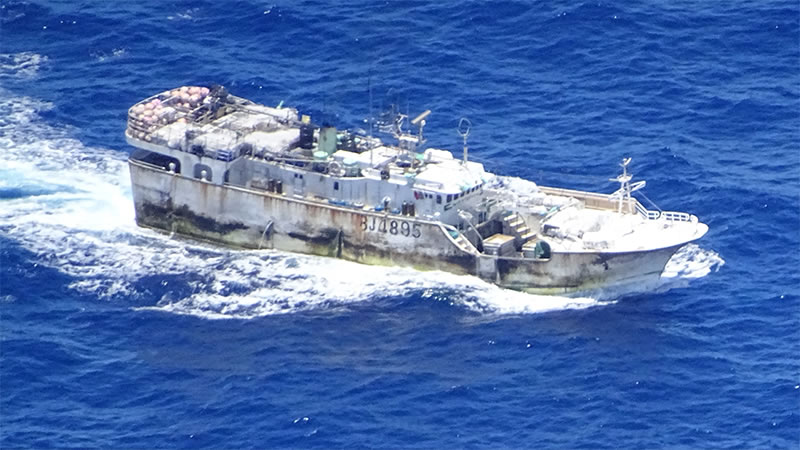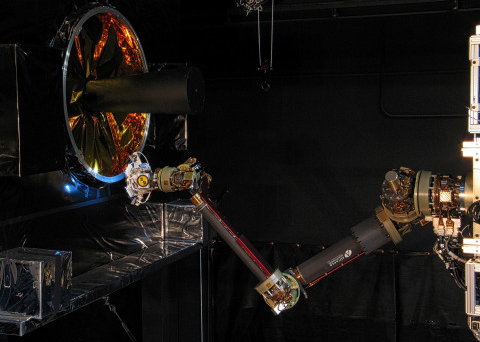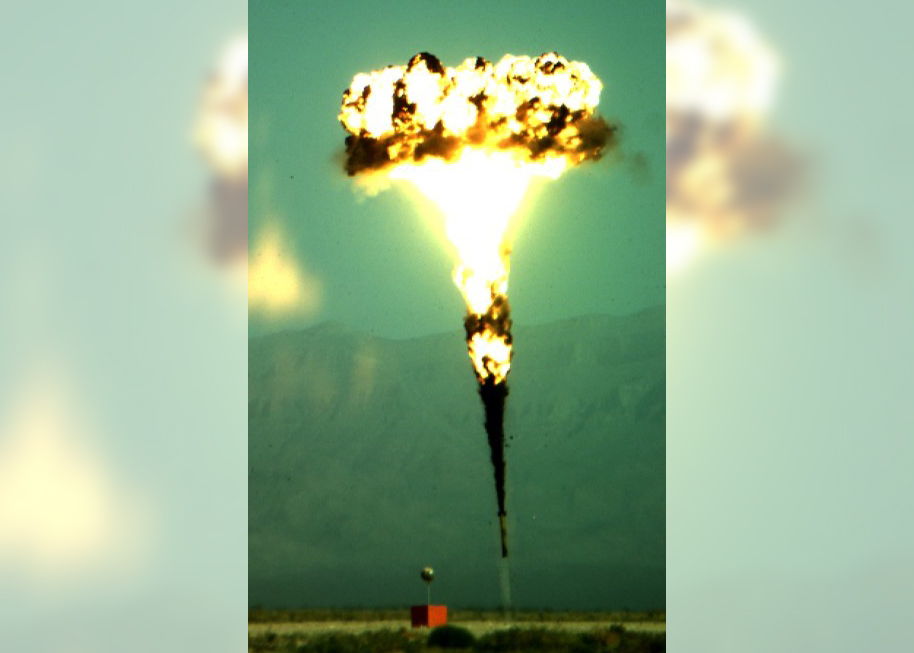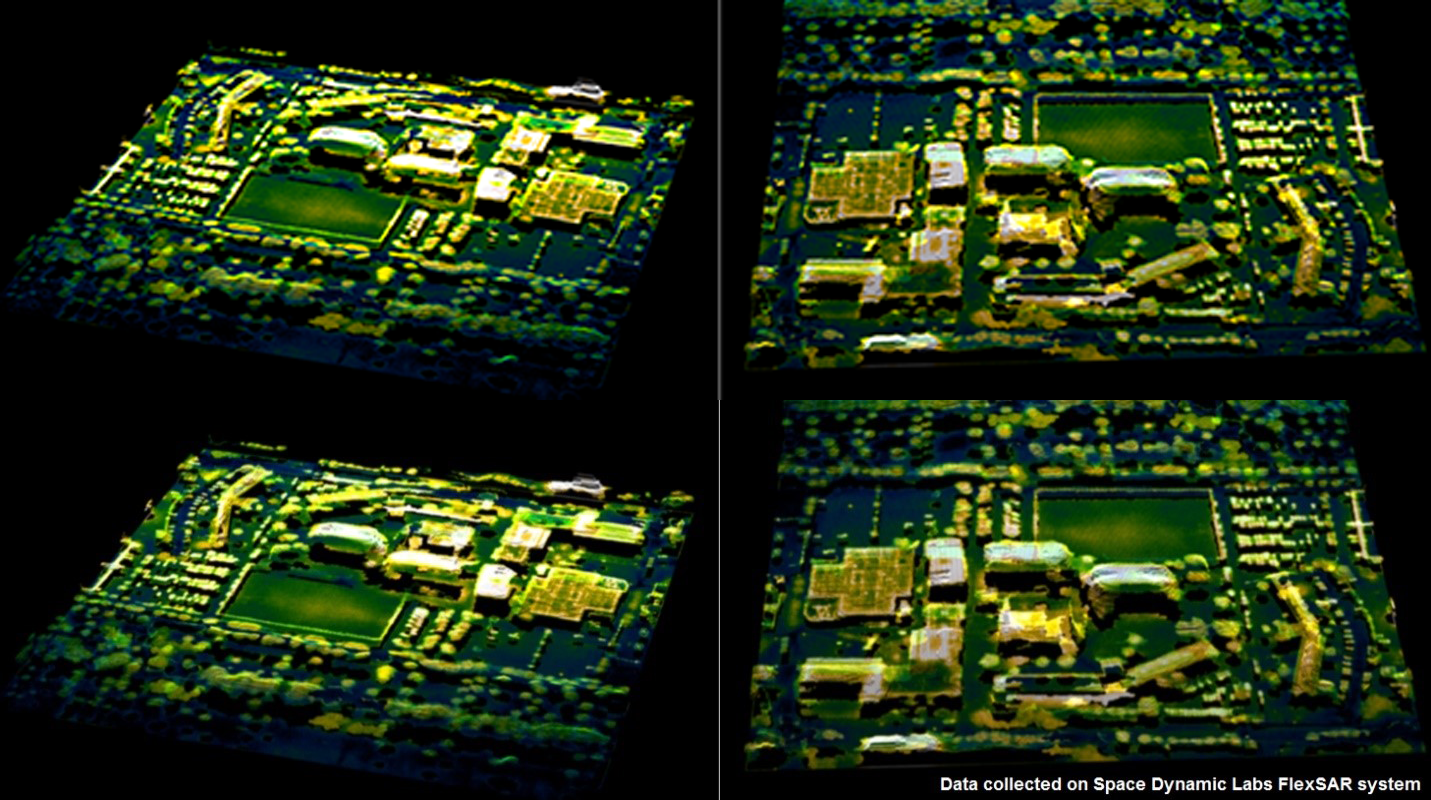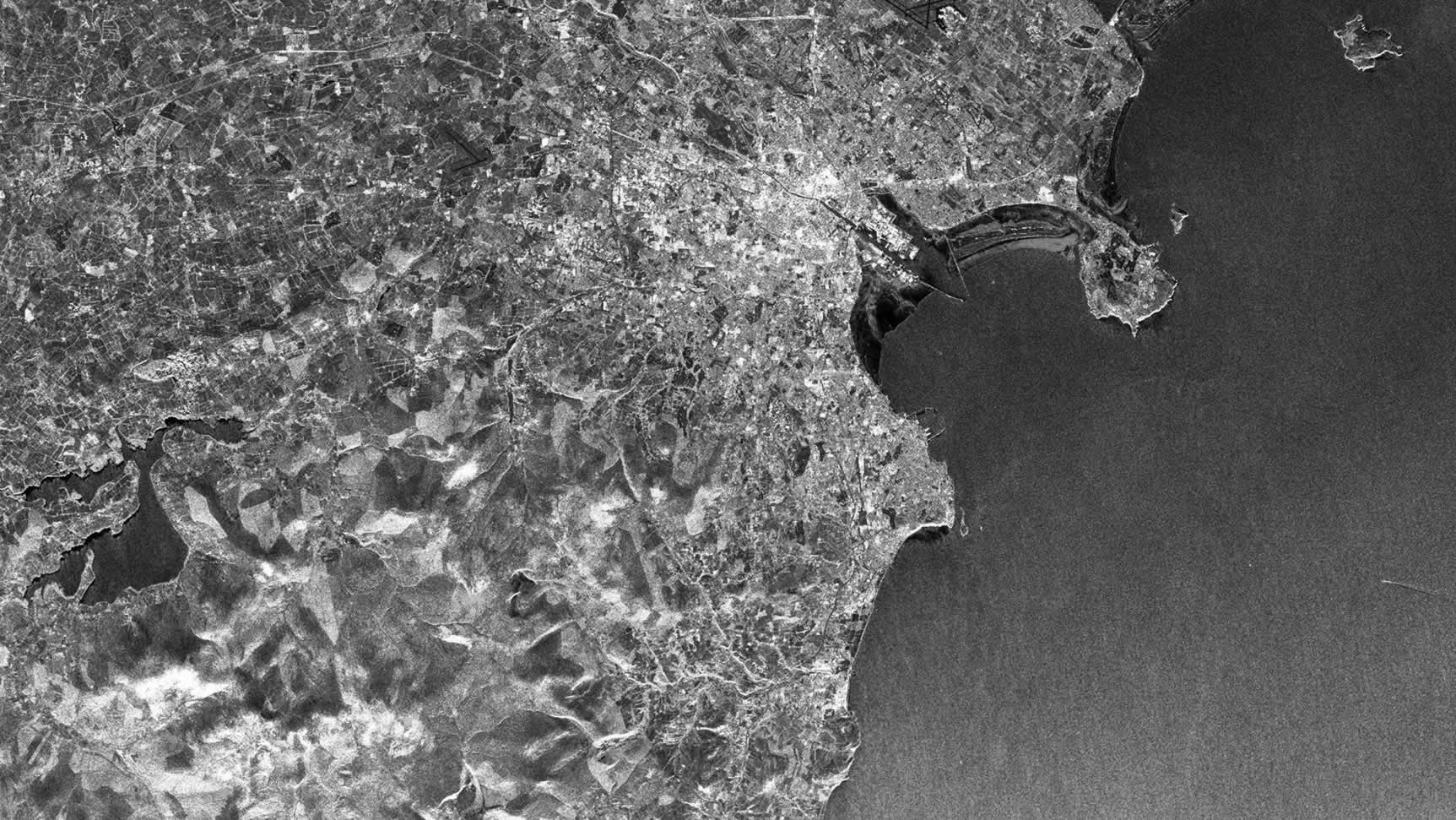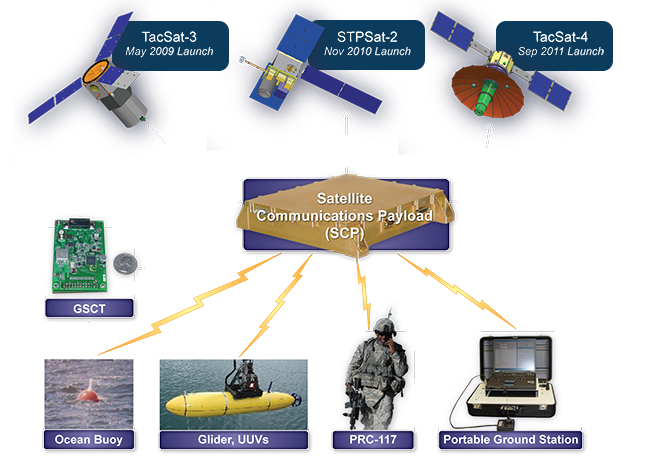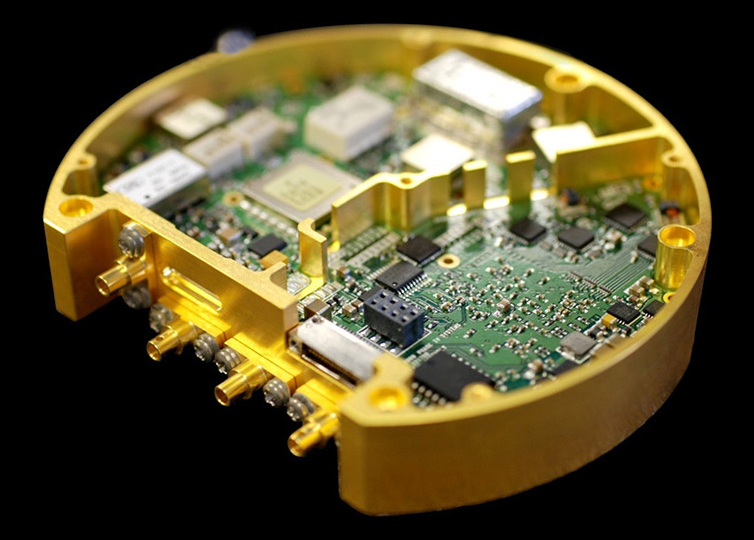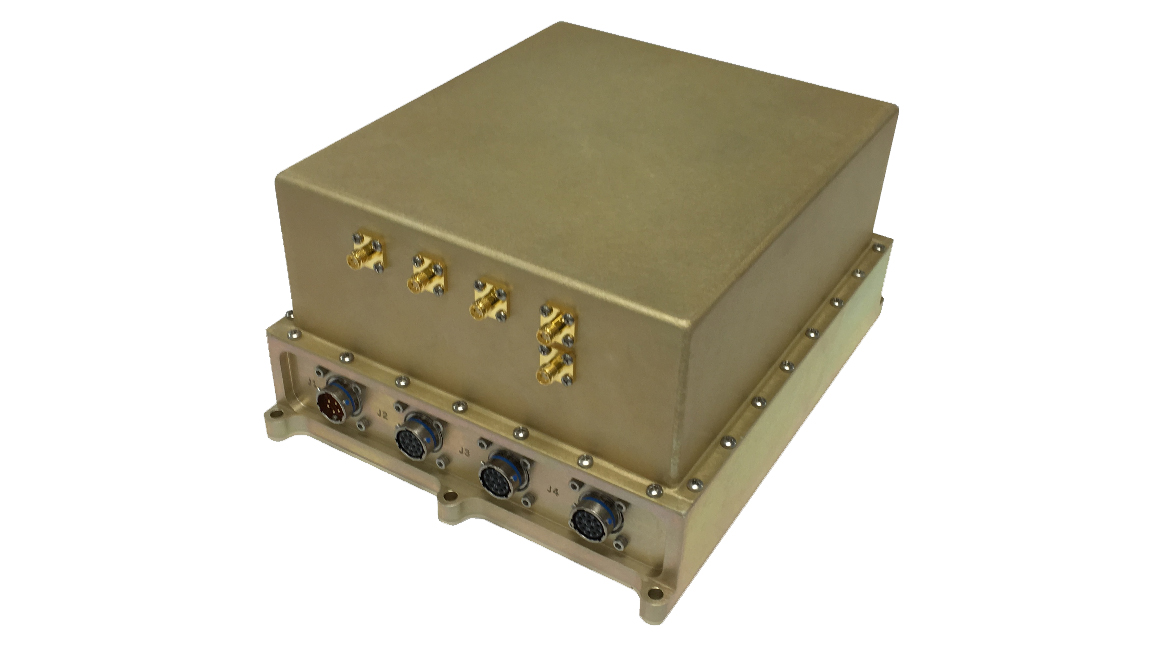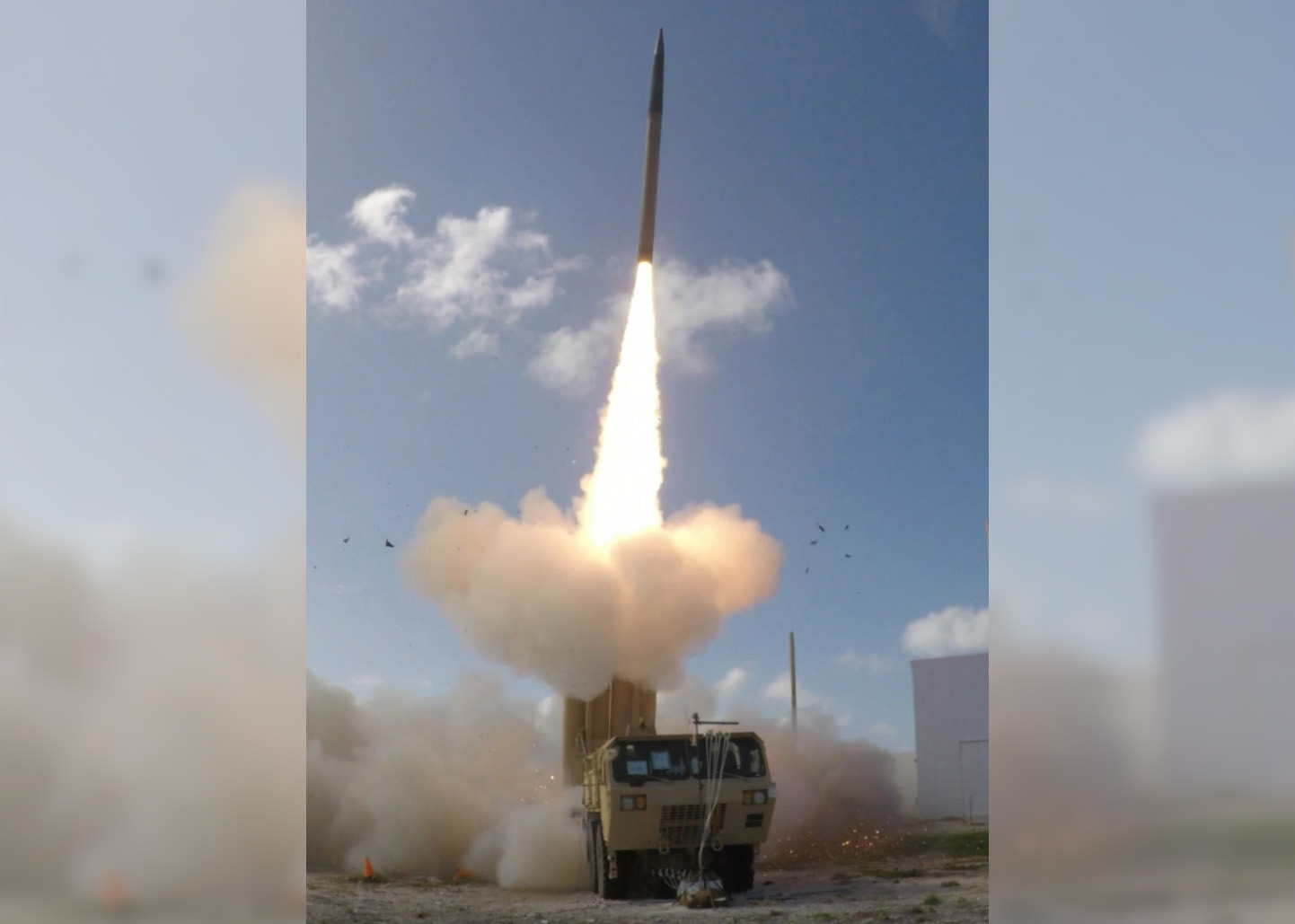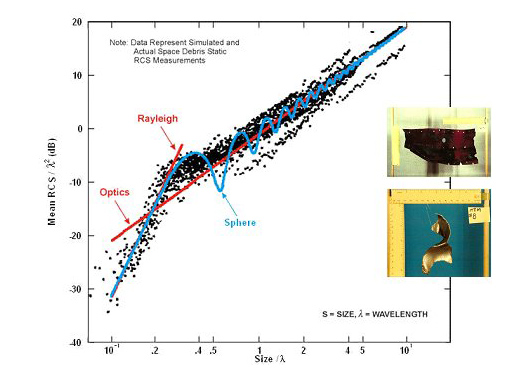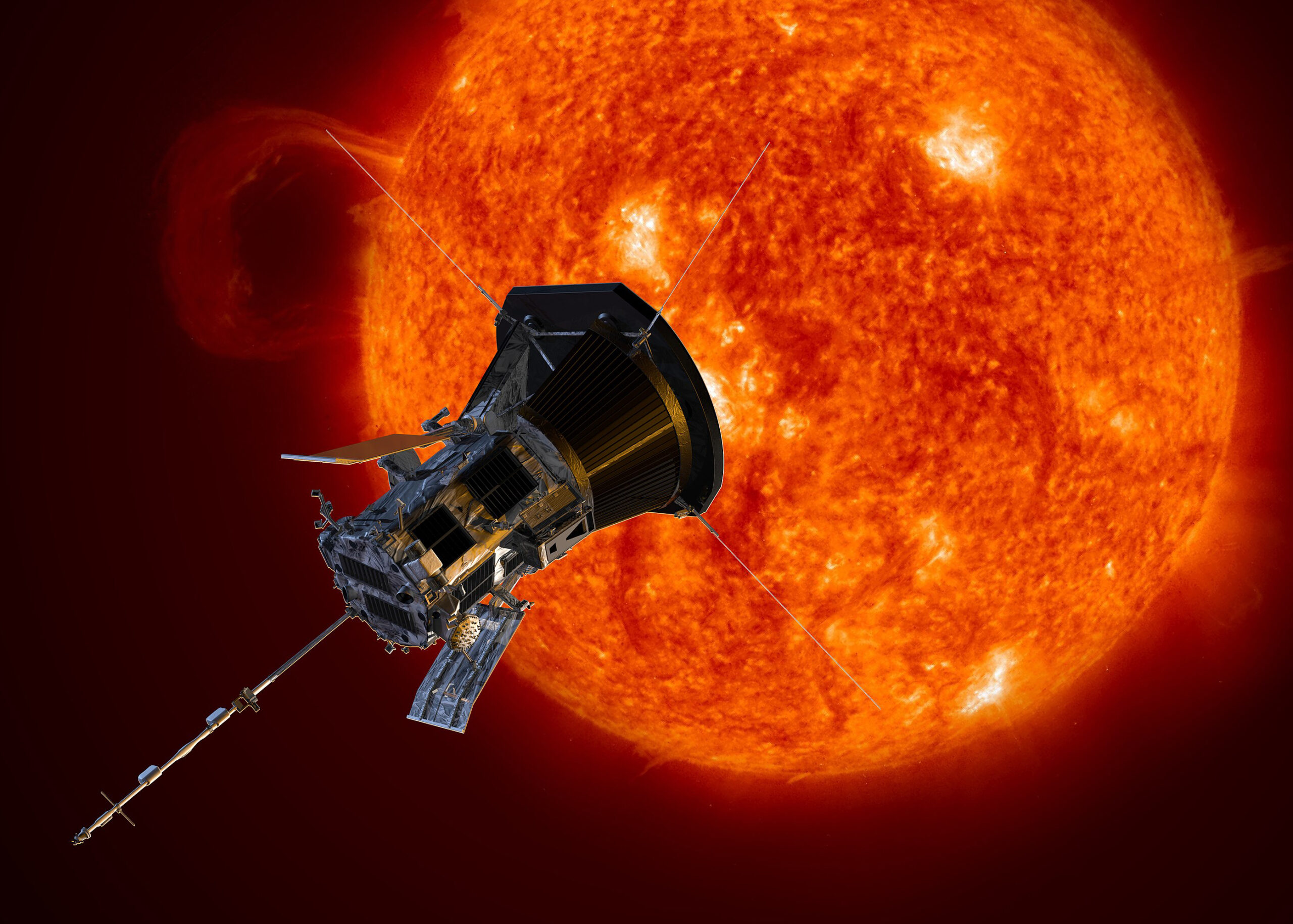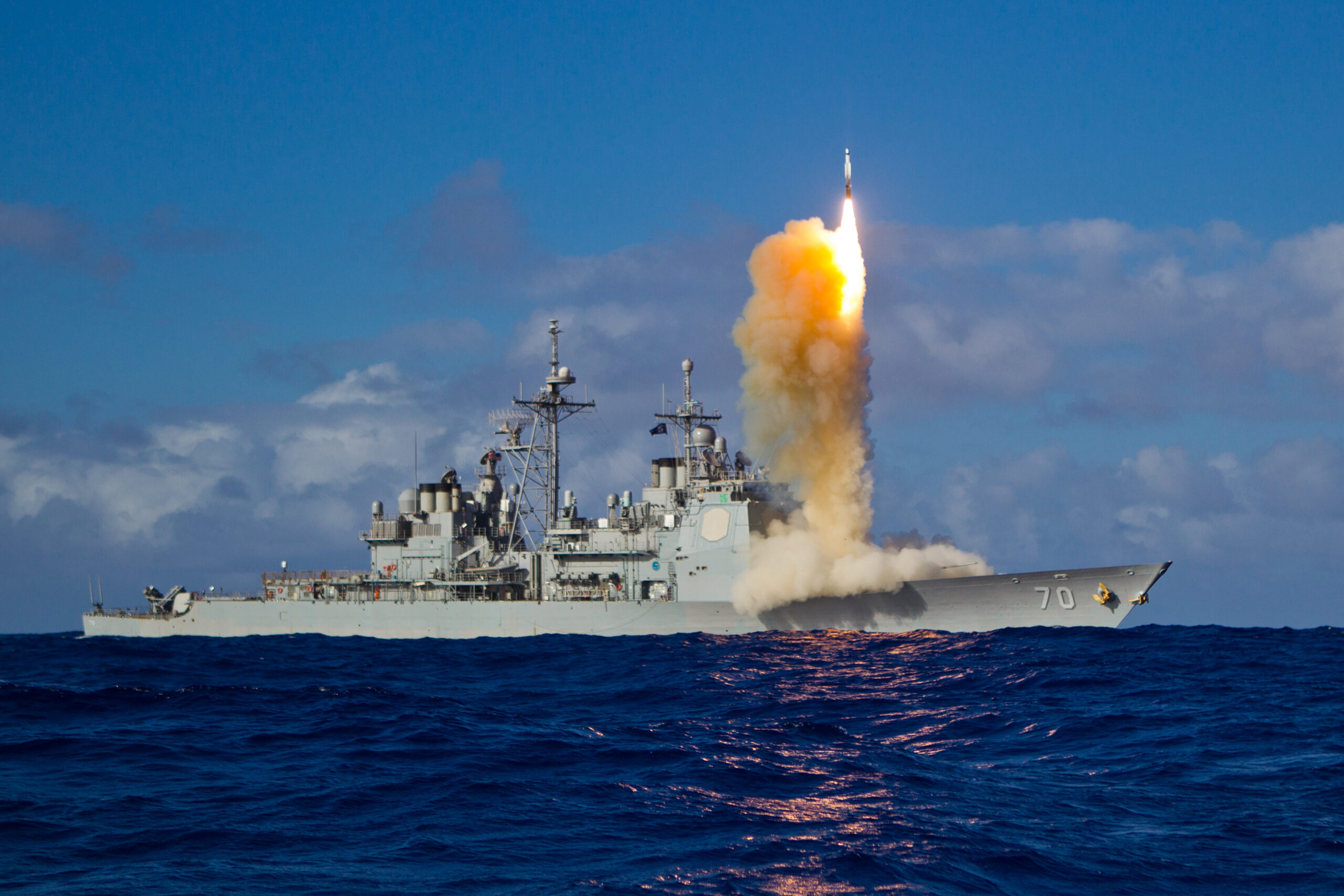
Technology Service Corporation (TSC) works closely with the Missile Defense Agency (MDA) in creating a Ballistic Missile Defense System (BMDS) to defend the United States, its deployed forces, allies, and friends from a ballistic missile attack. TSC’s primary contribution has been in developing advanced innovative resource management and physics-based discrimination techniques for improving the BMDS effectiveness.
Discrimination, distinguishing lethal objects from non-lethal ones, is the most central and challenging problem of ballistic missile defense. The primary objective of the BMDS is to neutralize the lethal warheads, but this task may be complicated by the presence of other objects. Some of these objects can be expected to have characteristics intended to confuse the BMDS decision authorities. Much of TSC’s MDA work is focused on developing methods for producing good discrimination performance even in such stressing threat environments.
During the course of this work, TSC has developed an extensive capability in modeling of ballistic missile threat scenarios. We have developed a comprehensive simulation test bed that includes digital representations of BMDS elements with multiple levels of fidelity, flexible scenario definition, accurate and efficient orbital motion propagation, and state-of-the-art RF signature prediction. Using this test bed, we have developed and demonstrated innovative object discrimination, clutter miti- gation, and radar data fusion techniques.
Since the founding of TSC over 50 years ago by Dr. Peter Swerling, sensor system engineering, signal processing development, and defense systems support have been the major efforts that we have pursued in support of our customers. TSC has supported MDA on numerous contractual efforts with a team of talented engineers dedicated to radar systems engineering, data analysis, discrimination and resource management algorithm development, and modeling and simulation.
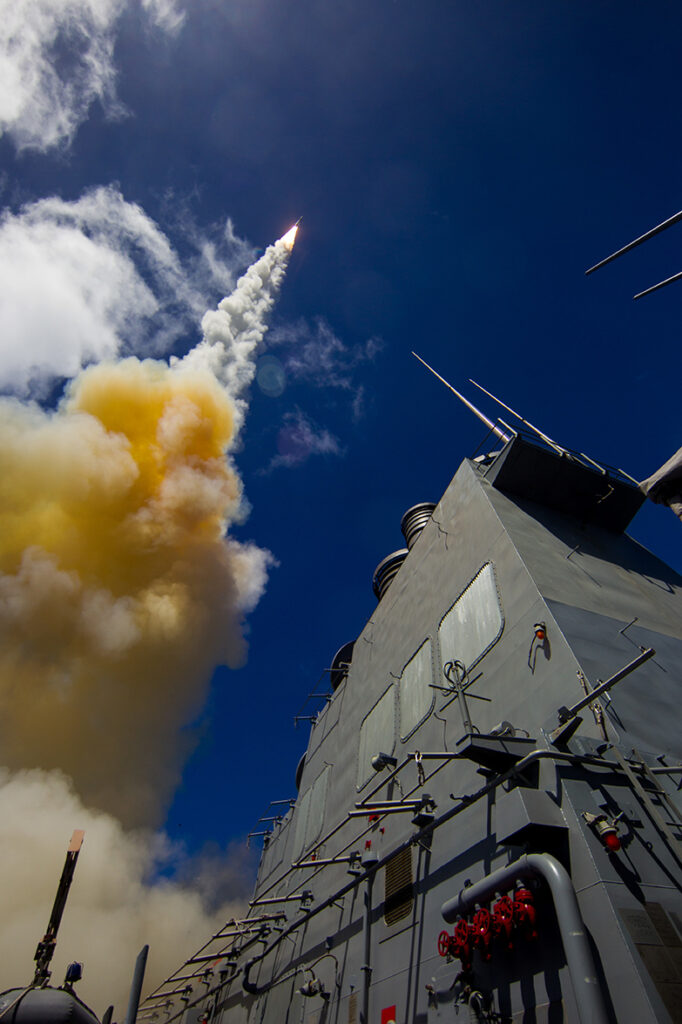
Image courtesy of U.S. Navy, no endorsement implied
